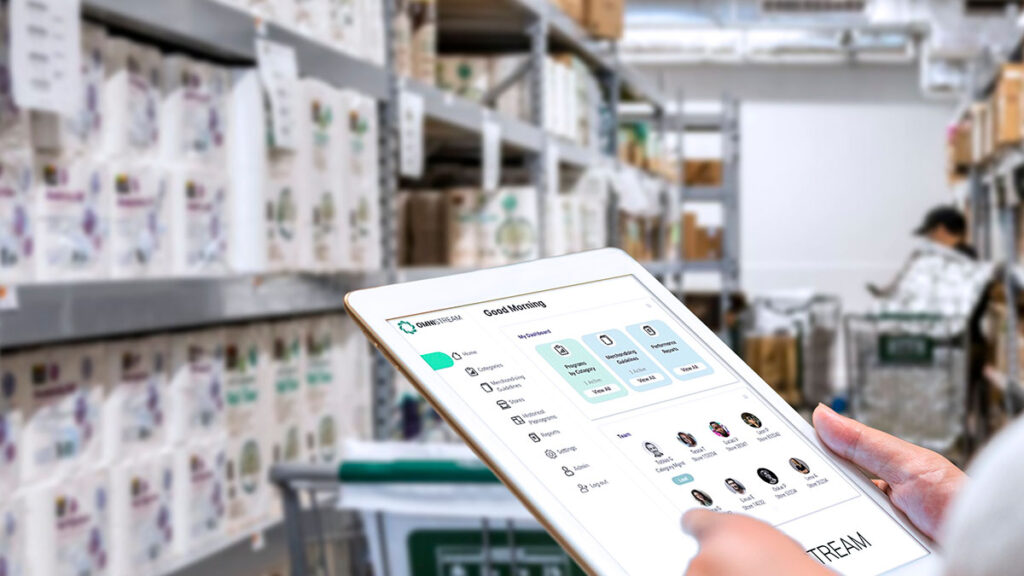by: Wendy Chen, CEO of Omnistream, a retail automation company helping retailers bring joy to consumers
Every innovator, at some point, faces the same challenge. You’ve built a revolutionary mousetrap, but you need to convince people to actually take a chance on your product—and stop using whatever solution they’re currently using to keep the rodent population under control.
That’s a tough sell because, by definition, your new product is unproven. Even if you’ve been around a while and you have a clear record of success, and even if you can show how much ROI your product will generate on paper, customers quite reasonably worry about the potential for things to go wrong.
To drive things forward, it’s important to build your sales pipeline—and even your product itself—with your customers’ pain points in mind. Here are five ways to convince your customers to bet on innovation and take a chance on your product:
Understand The Friction
It isn’t enough to show your buyer that your product is better than the alternative. You need to understand and account for the friction that keeps them from wanting to make changes. That isn’t just conservatism—it’s a rational disinclination toward any sort of change.
Some industries, some companies and some product categories bring more inherent friction than others. It’s up to you to understand that and find ways to lubricate the wheels and create momentum for change.
Minimize The Risk
The biggest source of friction, of course, is the risk inherent in trying something new. If there’s a working product in place, then making any change brings a non-zero chance that things will stop working—and that usually ends with someone getting fired. Understandably, people in positions to make these decisions often prioritize minimizing risk rather than maximizing value, and it’s up to you to account for that fact.
One smart approach: Instead of trying to sell customers on a widespread rollout, offer to run a low-cost, low-risk pilot project. My company is a retail tech solutions vendor, and we often use pilot projects or small-scale tests with a handful of stores across one or two product categories to convince potential customers to try us out. We then measure their incremental growth and resulting store-level profitability having used our solutions against control stores.
Keep Costs Low
Nobody wants to spend money on unproven technology, and no matter how great your product, every customer will view it as unproven until they’ve seen it delivering consistent results for their specific use-case. Finding creative ways to keep costs low, especially during the early stages, is vital.
Some SaaS companies now use consumption-based pricing, rather than regular monthly subscriptions, to reassure customers they’ll only pay for what they use. Others, like my company, peg our price to the increased performance we deliver. It’s important to do everything necessary to make sure your retail clients succeed, so they know they’re always coming out ahead.
It’s also important to ensure your product plays nicely with legacy infrastructure and is complementary to your existing investments: It doesn’t matter how great your product is if it requires your customer to completely rebuild their backend IT or POS systems. Simple integration into your existing core systems ensures a speedy execution. Another great option is to offer a modular offering, which allows customers to choose only the processes they want to ensure full integration into your entire existing supply chain, retail planning and forecasting systems.
Help Your Advocates Communicate Your Value
As the saying goes, nobody gets fired for buying IBM. Your goal during the pilot project is to develop advocates for your product—people at all levels, from end-user to the C suite—who are willing to stick their necks out and say your product is worth implementing more broadly.
To do that, you need to ensure you’re delivering at all levels of the organization: Change management support for the implementation team, a streamlined experience for users, real benefits (results) for their supervisors and clear metrics that document your product’s value and allow it to be easily communicated up the command chain.
Make Your Pilot Scalable
Once you’ve secured buy-in for your product, you need to be able to communicate a clear strategy for scaling up the pilot and delivering broader value. This needs to be baked into the DNA of your pilot: If you’ve focused on a handful of stores for one to two product categories, for instance, then make it easy to add a couple more stores or categories—or quickly scale up and add entire regions.
For bonus points, make your product more valuable as it scales. You’ve shown your product works across a couple of locations—but can you offer additional learnings and customer insights as you bring more locations into your network? You’ll also need to show willingness to customize your product in order to serve your customers’ unique needs and fringe cases and stay aligned with their own strategy for growth, so they’re motivated to lean into the relationship as they expand.
Enabling Innovation
We’re raised to view innovators as mavericks—people who think differently and change the world by the sheer force of their creativity and contrarianism. But the reality is that innovation is a team sport, and it’s only by convincing other people to join your mission that you’ll be able to win top-to-bottom buy-in and truly bring your product to scale. To succeed as B2B software innovators, we need to spend as much time thinking about how to turn our customers into innovators as we do on planning our own innovations.
ORIGINALLY PUBLISHED ON FORBES
